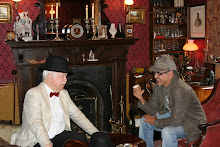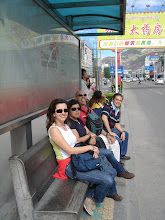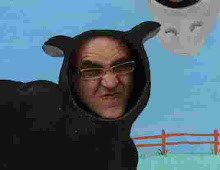GDANSK
(this post is specially dedicated to my brother Manel Cruz)
Gdansk, besides its importance in social and
economics of the Pomerania through the times, is a symbol of fight for freedom,
at least for my generation. In fact, i remember quite clearly the courageous fight
and the uprising of the movement Solidarity under the leadership of Lech Walesa
that emerged a few years later than our own revolution. Both were peaceful
revolutions, both against tyranny, one from communism the other against a
certain form of fascism. Solidarity
reached an impressive 9.5 million members (1/3 of the total working age
population of Poland), more than the entire Portuguese population at the time.
Despite several years of political repression under martial law, they peacefully
forced the government to negotiate with them. It is also important to remember
the role of the Catholic Church, a very powerful supporter of the union greatly
responsible for its success, under the leadership of Pope John Paul II and the
priest Jerzy Popieluszko, who regularly gave sermons to the striking workers, killed
by the Communist regime for his association with Solidarity.
Solidarity's influence led to the
intensification and spread of anti-communist ideals and movements throughout
the countries of the Eastern Bloc, weakening their communist governments,
making the beginning of the iron curtain fall. Its influence is still living
today, strongly inspiring and influencing the protests of the Arab Spring.
Unfortunately, the fall of the iron curtain
gave place to this selvatic and corrupt capitalism we are sinking into, which is
eating all the hope for a sustainable, balanced, peaceful and SOLIDARY life. I cannot
avoid thinking how much we are needed, in Portugal, in Europe, in the world, of
the ideals of that movement, before we start shooting randomly each other. And
i think we are dramatically close to that.
Walk around the city with the sound of Kult Unplugged (Mieszkam w Polsce), referred by a recent polish friend (Maciej) as the best song about Poland in our days.
Hope you like it
(Este post é especialmente dedicado ao meu Bro Manel Cruz)
Para além da importância que a
cidade tem vindo a ter ao longo dos séculos da sua existência, Gdansk, é sem
dúvida alguma um símbolo da luta pela liberdade, que sem qualquer dúvida a
minha da geração reconhece. Lembro-me
como se fosse hoje da corajosa e pacifica luta do movimento Solidariedade,
liderado por um insuspeito e anti-herói Lech Walesa (uma das coisas que ainda
hoje me faz sentir um enorme respeito por ele, porque sempre tive para mim que
o verdadeiro herói é o anti-heroi), que emergiu poucos anos após a nossa
revolução. As duas revoluções pacíficas, as duas contra a tirania, uma da
direita outra da esquerda (mostrando claramente que não existe diferença alguma
entre ambas).
O Solidariedade atingiu nessa
altura um impressionante número de membros de 9,5 milhões, mais do que a
população portuguesa desse tempo e cerca de 1/3 da classe trabalhadora polaca.
Apesar da repressão a que foram sujeitos, sob lei marcial, pacificamente
obrigaram o governo a negociar com eles, para o que muito contribuiu a Igreja
Polaca sob a liderança daquele que haveria mais tarde de se tornar no Papa João
Paulo II. Desse tempo, impossível não falar do mártir Jerzy Popieluszko, o
padre que mais pregava para os trabalhadores, morto pela secreta comunista.
Lembro-me perfeitamente de imagens que passaram na nossa televisão de vigílias numa
das principais igrejas de Gdansk. O Solidariedade, como todos sabemos, haveria
de se tornar no movimento percussor do caminho da liberdade que acabaria por levar
à queda da Cortina de Ferro e que, provando a riqueza das suas convicções,
sobreviveria à própria história influenciando nos dias de hoje outras
revoluções como a recente Primavera Árabe.
Como todos sabemos, o derrube da
tirania comunista acabou por levar ao desenvolvimento da tirania capitalista,
completamente selvagem e corrupta, que vai “comendo” toda a esperança que
possamos ter numa sociedade justa, pacifica, equilibrada e SOLIDARIA. Por isso,
não consigo deixar de pensar quão necessitados estamos, em Portugal, na Europa,
no mundo, dos ideais desse movimento antes que nos desatemos a matar
indiscriminadamente uns aos outros. E não estaremos tão longe disso quanto
possamos pensar.
Passeiem comigo por esses pensamentos com a musica de Kult Unplugged (Mieszkam w Polsce), recomendada por um amigo polaco que conheci recentemente (Maciej) que a refere como a melhor musica da actualidade sobre a Polónia.
Espero que gostem
.jpg)




